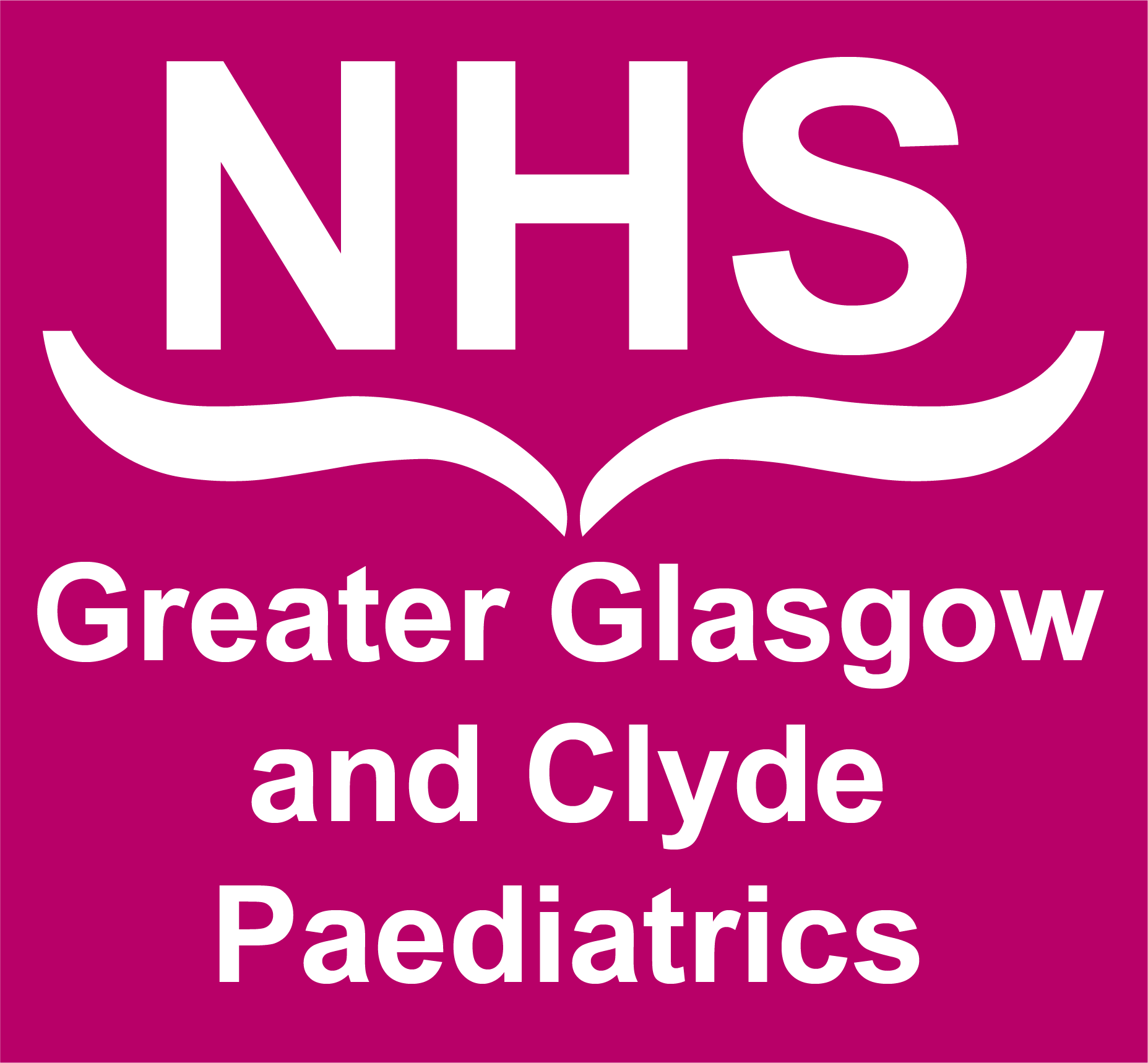
Please refer to Flowchart 2 for ongoing management

To provide a guideline for the management of a blocked, broken or infected central line in a paediatric patient receiving a continuous infusion of intravenous Epoprostenol for the treatment of pulmonary arterial hypertension.
This guideline is intended for all healthcare professionals involved in the care of paediatric patients with pulmonary arterial hypertension receiving a continuous infusion of Epoprostenol.
Pulmonary arterial hypertension is a relatively rare condition in the paediatric population and is associated with diverse diseases with onset at any age. It is characterized by pulmonary vascular remodelling leading to elevated pulmonary arterial pressure and, over time, right ventricular dysfunction, under filling/compression of the left ventricle, and terminal heart failure. It is defined as a mean pulmonary artery pressure of > 20 mmHg, measured by cardiac catheterisation.
Treatment for children classified in the high risk groups (WHO functional class III-IV) is a continuous infusion of intravenous Epoprostenol via a central line. This is a life supporting continuous infusion, with a very short half-life of 2-3 minutes. An interruption of Epoprostenol infusion may precipitate a pulmonary hypertensive crisis.
Epoprostenol mechanisms of action:
The haemodynamic effects of Epoprostenol include reduced pulmonary vascular resistance, increased cardiac index, and increased oxygen delivery. However, hypotension is also a haemodynamic effect.

Please refer to Flowchart 2 for ongoing management





CADD Pump
Parent remain resident on ward 1e and are responsible for pump (suitable for short term in patient stay)
Alaris syringe driver
Parent not resident on ward 1e. Infusion to be given via an Alaris syringe driver as ward nurses not trained in CADD pump. Nursing staff responsible for syringe driver. Parents will make up a 50 ml infusion in a syringe compatible with Alaris pump